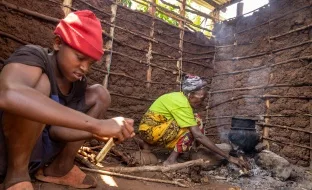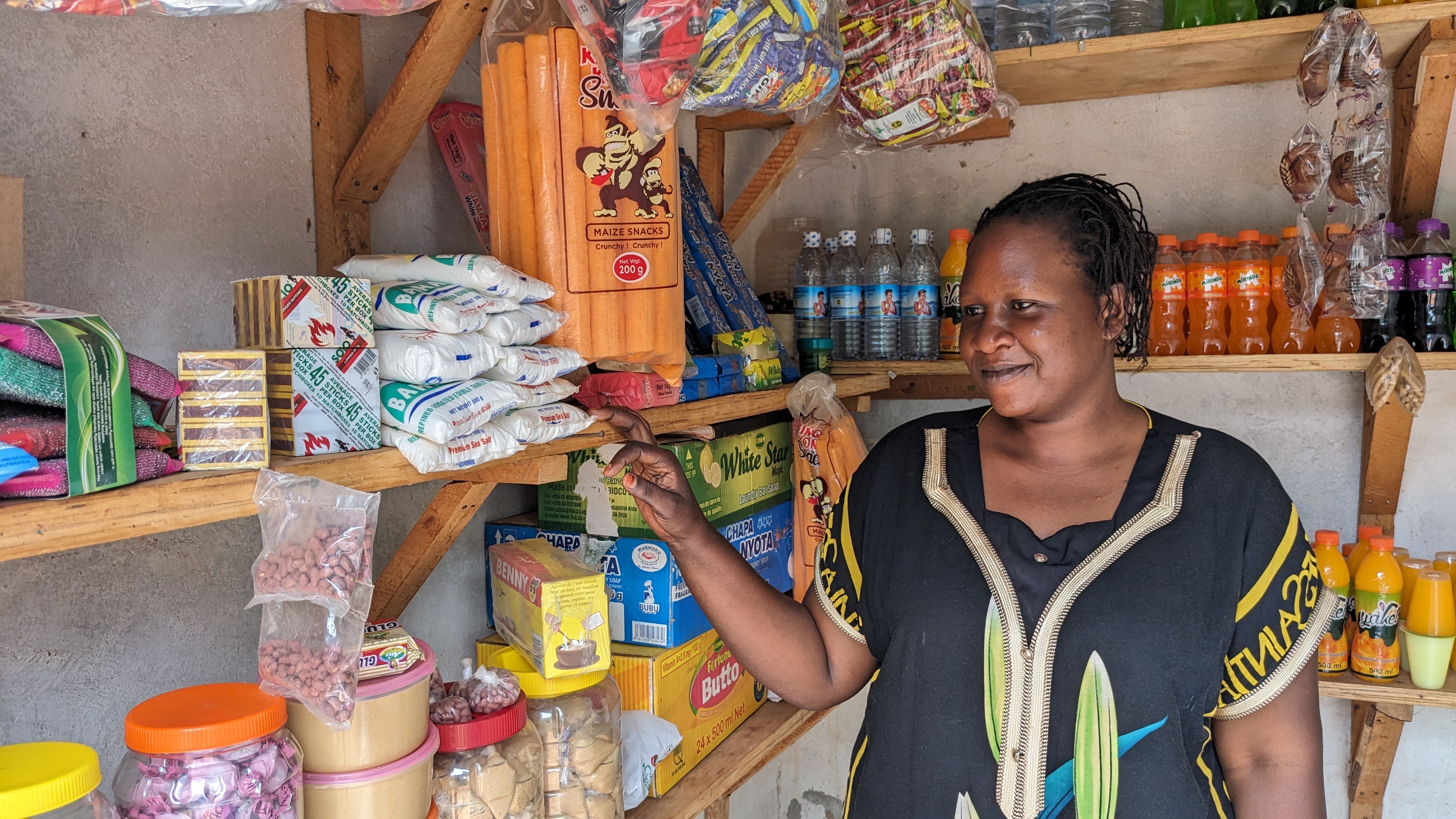When Russian troops attacked Ukraine on February 24th, disrupting the future of millions of people, we needed to quickly decide if we would launch a response despite rapidly changing conditions. Ultimately, we decided not to launch one. While a response seemed warranted, it would have come with costly internal trade offs – primarily, delaying a program to get cash to internally displaced families in Yemen.
We’re sharing our thinking here for those interested in how these decisions are made and why our capacity determines which opportunities we respond to. There remains a great need for humanitarian support in Ukraine, and we encourage you to contribute to effective organizations working on the ground.
We monitor crises to decide if launching a response is appropriate
Russia’s invasion of Ukraine led more than 5 million to flee the country; tens of millions more remain, unable to leave their homes. When events like this displace large groups of vulnerable people, we monitor the effects and response from other organizations. We’re evaluating many factors like:
- If we’d reach people living in extreme poverty and / or experiencing a crisis
- If cash would be impactful given the context
- If other organizations are responding at scale / if there are clear gaps in responses
- If a project could unlock new operational capacities
- If a project is likely to raise enough to make the project adequately efficient
- If a project could expand our donor base to ultimately drive more resources to people in extreme poverty
These are then weighed against internal trade-offs, including if launching this project would delay another.
A project would have been valuable – both for Ukrainians in the moment and for driving future donations to people in extreme poverty
Russia invaded Ukraine on Feb 24th; people began to flee in increasing numbers as the situation worsened over the following days. By early March, we had scoped 5+ operational models that seemed viable (e.g., reaching refugees outside of Ukraine vs. those still in-country). We didn’t yet know which were feasible, but thought at least one would be.
In weighing the above factors, it was clear early on that immense global resources would mobilize to respond to the crisis – from individuals booking Airbnbs to help Ukrainian hosts, to UN agencies deploying billions of dollars. In March, national governments and UN agencies set up 200+ social protection programs – including 25+ cash programs – in Ukraine and 5 neighboring countries. Also the US government committed $6.9B in foreign aid to the crisis; Poland, the country with the most refugees, committed $1.7B.
We typically aim to deploy dollars where (i) we’ll reach recipients in extreme poverty and (ii) there are currently inadequate resources from other organizations – neither of which was fully the case in Ukraine. However, given the dire circumstances, a project would have reached people with an immediate need for cash. We also assume, like in our U.S. COVID-19 response, a project capturing the momentum of donor generosity could have eventually driven significant resources to those living in extreme poverty.
Ultimately, limited internal tech capacity drove our decision not to launch
Because of tech constraints, launching a Ukraine response would mean deprioritizing other projects, which raised the threshold for a “go” decision. We were eager to launch operations and were disappointed these constraints ultimately meant we had to opt not to.
Our greatest bottleneck to building enough flexible capacity to launch new, unexpected projects is our ability to build new enrollment and payment platforms. Going forward, we’re investing more in tech and humanitarian resources – specifically, additional engineers, data managers, and a CTO – that will help us avoid such stark trade-offs in the future.
We aim to be positioned to respond to any crisis, anywhere, at any time without deprioritizing other projects. You can help:
We are focused on launching a response to the crisis in Yemen
Since the start of the year, we’ve planned to launch a humanitarian response in Yemen. According to the UN, the protracted civil war in Yemen is “the world’s worst humanitarian crisis” – although the crisis receives little consistent media attention (noted in last month’s Onion article). 22.5 million people need emergency aid, and 75% of the population lives in extreme poverty. The crisis in Ukraine has further exacerbated the situation by driving food & fuel prices up (e.g., wheat & flour prices have soared 7x).
Our team is moving ahead with our plan from before the invasion to focus our resources on a cash response in Aden, the largest city in the south. There are 274K individuals in Aden who both don’t have enough to eat and are not receiving food security assistance any other organizations. We’ll reach displaced families who’ve fled fighting and are living in camps, plus their local neighbors.
You can still help Ukrainians in need through other strong organizations
There remains a great need for humanitarian support in Ukraine, and we encourage you to contribute to effective organizations working on the ground. Kelsey Piper at Vox collated a compelling list of ways to support those fleeing the crisis, support press, and support political action.

